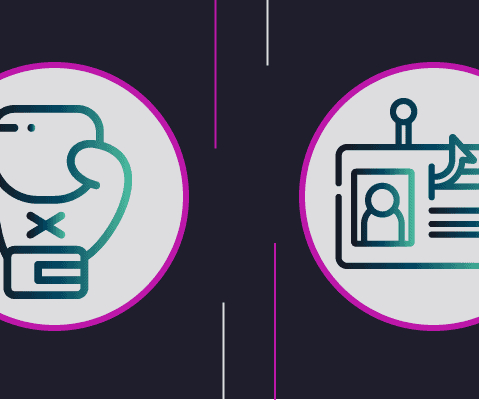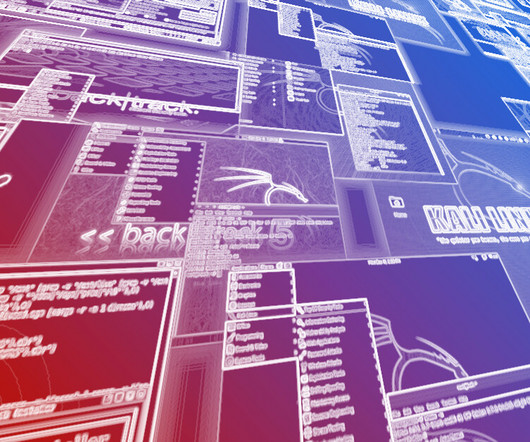MY TAKE: Memory hacking arises as a go-to tactic to carry out deep, persistent incursions
The Last Watchdog
MARCH 4, 2019
That’s Gartner’s estimate of global spending on cybersecurity in 2017 and 2018. Memory hacking is being carried out across paths that have been left comparatively wide open to threat actors who are happy to take full advantage of the rather fragile framework of processes that execute deep inside the kernel of computer operating systems.











Let's personalize your content